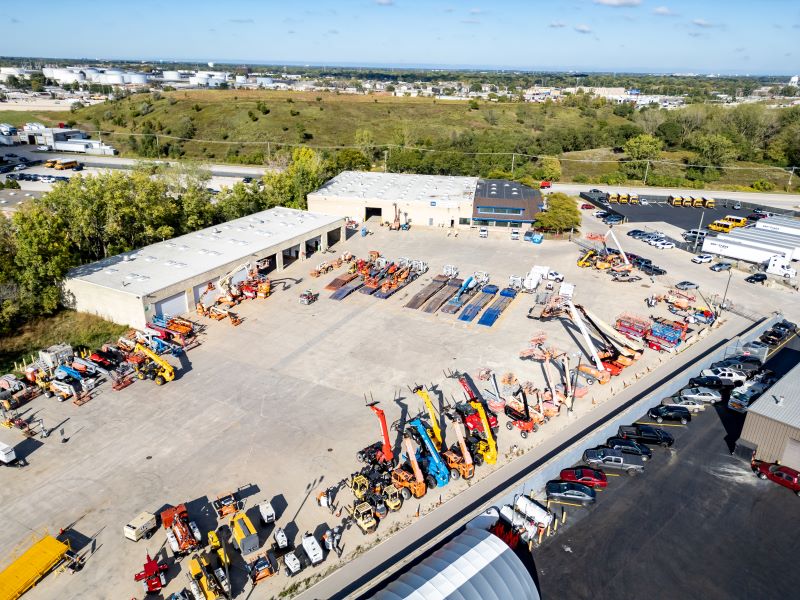Economy Watch: Investment in Non-Residential Structures Gains in Q2
By D.C. Stribling, Contributing Editor Investment in non-residential U.S. structures increased at a 5.2 percent annualized pace during the second quarter of 2017, the Bureau of Economic Analysis reported on Monday. That’s a marked change from early last year, when the pace of non-residential investment was dragged down due to a drop in petroleum exploration.…
By D.C. Stribling, Contributing Editor
Investment in non-residential U.S. structures increased at a 5.2 percent annualized pace during the second quarter of 2017, the Bureau of Economic Analysis reported on Monday. That’s a marked change from early last year, when the pace of non-residential investment was dragged down due to a drop in petroleum exploration.
Property type variation
Investment in office properties increased during the second quarter, and is up 13 percent year-over-year. The pace of investment in that property type is almost as high as during the years before the recession, as a percent of GDP. As of the second quarter, investment in office is nearly 0.4 percent of U.S. GDP. That pales compared to the go-go 1980s, however, when office investment briefly was about 0.9 percent of GDP.
Investment in shopping centers most recently peaked in 2007, at about 0.25 percent of GDP, close to historic norms. Now the rate is about 0.1 percent of GDP, though it was up slightly year-over-year during the second quarter, the BEA said. The vacancy rate for malls is still high, a factor that will be a strong headwind on retail investment for the foreseeable future.
Investment in lodging properties decreased in the second quarter, but even so, investment in the property type is up 8 percent year-over-year, buoyed by high occupancies and strong RevPAR in recent years. Currently, investment in hotel properties is a shade less than 0.2 percent of GDP, which is pretty close to normal for the last 50 years.






